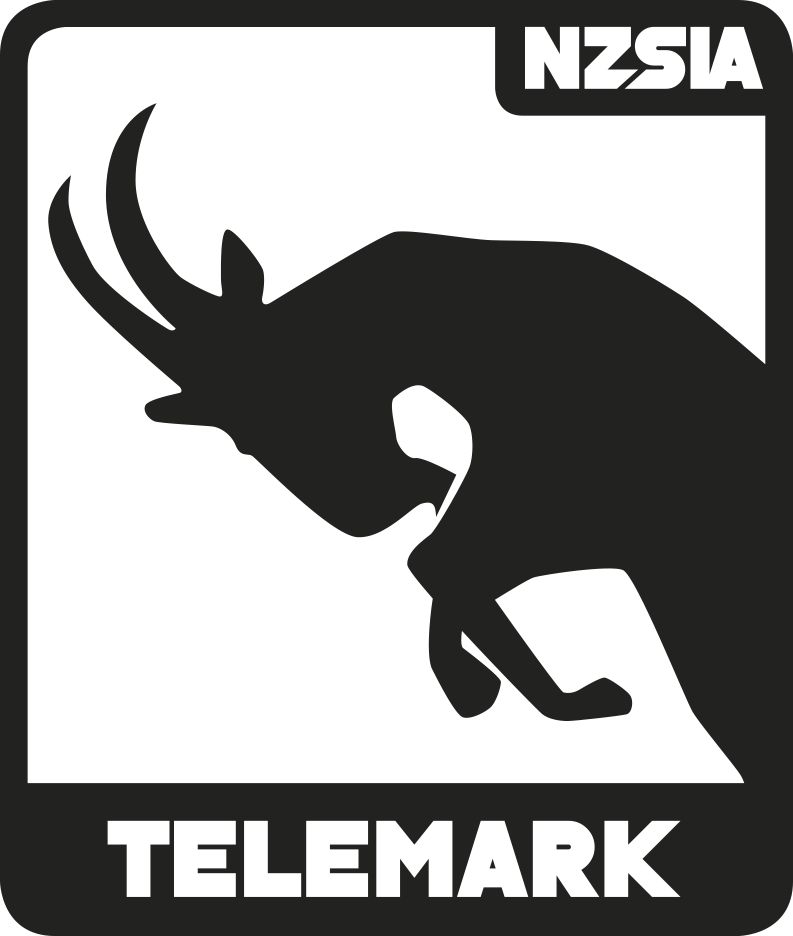Turn Phases. Understanding turn phases helps instructors and skiers identify what’s happening during different parts of a turn. The turn can be divided geometrically into thirds, split by the fall line, or described by terrain-influenced shape. Each phase—create, control, and release—requires specific ski and body movements for effective performance. As skills progress, these phases shift and adapt depending on terrain, speed, and skier intention. Diagrams and drills like J turns and linked turns provide visual and practical ways to apply this framework at all levels.
![]()
DIRRT & Turn Phases
The Duration, Intensity, Rate, Range, and Timing (DIRRT) of each turn phase varies depending on factors such as skier ability, terrain, speed, snow conditions, and skier intention. As a result, the location and execution of each phase evolve throughout a skier’s progression from beginner to expert.
In telemark skiing, the lead change typically begins at the end of the release phase and develops through the create and control phases. Adjusting the timing of lead change can help refine movements and make it easier for students to succeed in each phase of the turn.
Visual Representation
In the diagrams below:
- Create phase is shown in blue, control phase in yellow, and release phase in red.
- Phase transitions are represented in purple, green, and orange to show blending.
- Lead change timing is indicated with dashed lines as a teaching tool and solid lines for the ideal progression.
The Telemark ‘J’ Turn
The telemark ‘J’ turn is a fundamental exercise where all telemark movements work together at an elementary level. In this drill, the skier executes one turn at a time, coming to a stop between each turn (covered in more detail in the Pathway section).
- In a J turn, the release occurs after the skier has stopped at the end of the control phase. The new turn begins as the skier initiates movement again.
- The create phase lasts until the fall line, where the skier starts edging, steering, and shifting weight to set up the control phase.
- It is often easier for students to complete the lead change early in the create phase—before reaching the fall line—because it simplifies the coordination of movements.
Ideally, the lead change progresses throughout the create phase and into control, reaching its maximum around the middle of the control phase. However, an earlier lead change can help reduce cognitive load for beginners.

Linked Telemark Turns
In beginner telemark linked turns, skiers transition from executing J turns to linking turns without stopping. This eliminates the pause in the release phase—momentum from the previous turn is used to release and flatten the skis, allowing the skier to flow into the next turn.
- With increased speed and forces, the create phase starts earlier and continues just past the fall line.
- The skier utilises momentum from the previous turn to facilitate release and transition smoothly into the new turn.
- The create phase begins at the start of the turn and lasts until just above the fall line.
- The control phase starts above the fall line and continues as the skier moves through a round turn shape across the hill.
- The release phase extends as the skier shifts weight from foot to foot, preparing for the next turn and once the skier is across the hill.
- Tip: use flat terrain and direct students to use a more open turn this will allow for ease when moving through release on a flat ski and allows the skier to use gravity to keep momentum up helping the skier move into the control phase (more in the pathway section).

As a skier progresses through the pathway and becomes more comfortable with speed, the create phase begins earlier due to the increased forces acting on the skier. This shift also causes the control and release phases to start earlier, allowing for better management of forces and movements.
Medium Radius Closed Turns
- Typically performed on slightly steeper terrain, where momentum is maintained and controlled by turning the skis across the hill.
- The create phase starts earlier, meaning the skier enters the control phase before the skis are pointing downhill.
- With higher forces and speeds, controlling movements earlier helps the skier manage pressure, edge angles, and balance more effectively.

Medium Radius Dynamic Turns
- As the skier progresses to more dynamic turns, using more performance out of the ski, the need to establish a platform, steering angle, and a centered stance earlier to crucial to effectively control the ski path.
- Forces act on the skier earlier in the turn, requiring earlier control to maintain balance and performance.

Short Radius Turns
- In short radius turns, each turn phase must happen more quickly to achieve a shorter turn radius.
- While the exact timing varies depending on speed, in general:
- The create phase starts early enough for the skier to enter the control phase as the skis reach the fall line.
- Each phase has a shorter duration, requiring increased intensity and precise timing to maintain rhythm and control.

The accompanying diagrams illustrate how each phase is compressed in shorter radius turns, emphasising the need for quicker movements and greater intensity to achieve the desired turn shape

